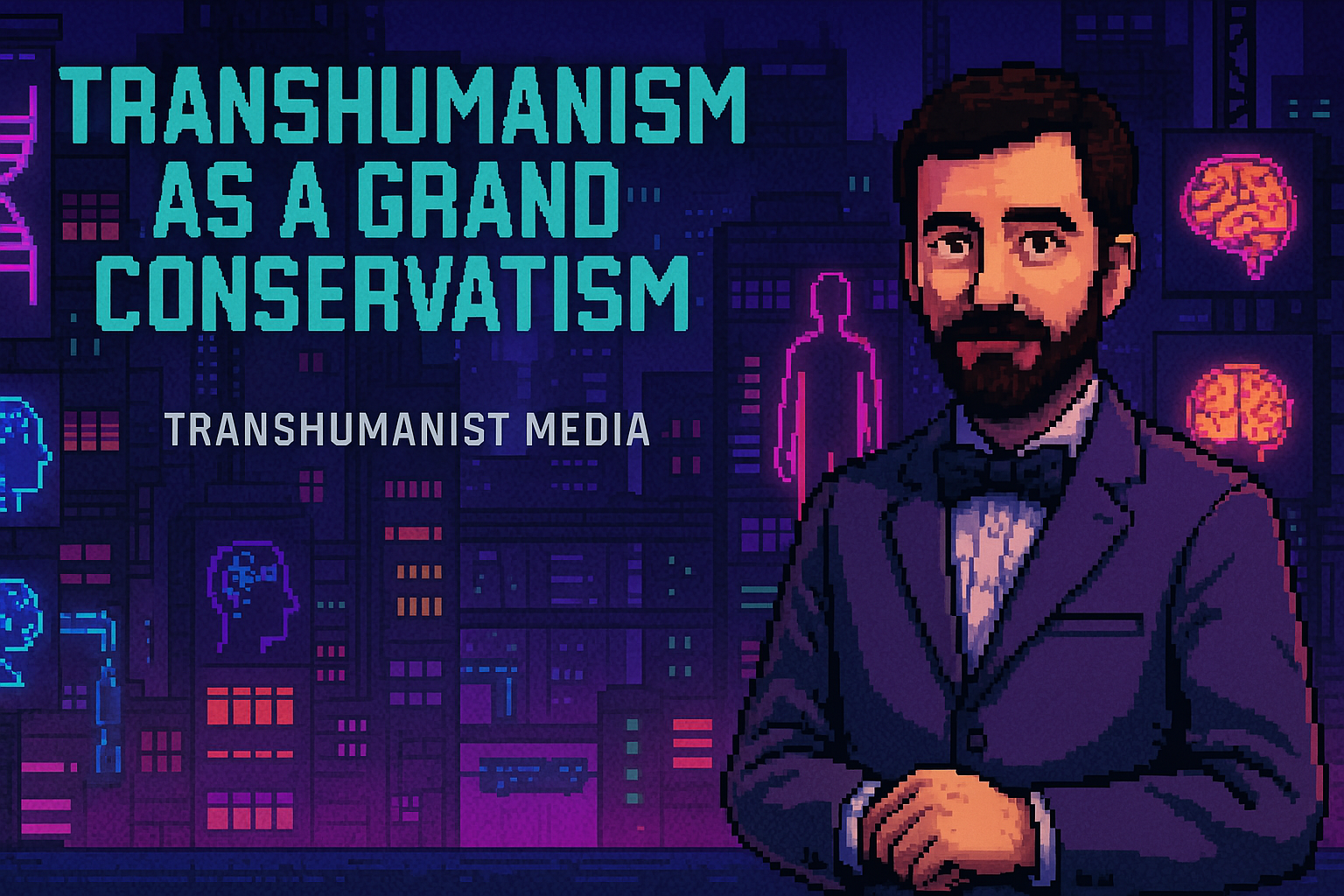For anyone interested in the history of life-extension ideas, I highly recommend Ilia Stambler’s 2010 paper, “Life extension – a conservative enterprise? Some fin-de-siècle and early twentieth-century precursors of transhumanism“. This extensively researched and cosmopolitan work explores the ideas of five proto-transhumanist thinkers who embedded their future-oriented thoughts in significantly different intellectual frameworks: Nikolai Fedorov, Charles Stephens, Alexander Bogdanov, Friedrich Nietzsche, and Jean Finot. Mr. Stambler considers Finot’s thought to most resemble the ideas of today’s transhumanist movement.
The conclusions of Mr. Stambler’s research are profound and interesting to explore. One of the main insights is that it is possible to arrive at support for radical life extension from many different ideological frameworks. Mr. Stambler writes that “In different national contexts, different ideological schemes – secular humanism or religion, discrimination or egalitarianism, idealism or materialism, socialism or capitalism, liberalism or totalitarianism – appear to yield different justifications for the necessity of life prolongation and longevity research and to impact profoundly on the way such goals are conceived and pursued. As the works of the above-said proponents of human enhancement and longevity exemplify, the authors adapt to a particular national ideological milieu and serve as agents for its continuation.”
This is a welcome insight in that attracting an intellectually and culturally diverse following to the cause of indefinite human life extension should be possible. However, it is also the case that some political and cultural environments are more conducive to rapid progress in human life extension than others. I have recently articulated that a libertarian set of policies will result in the most rapid advent of the technologies sought by transhumanists by unshackling competition and innovation by numerous entities on a free market. That being said, I still perceive much common ground with non-libertarians to be achievable on the issue of life extension – for instance, in supporting specific research, spreading public awareness, sharing information, and coming together to advocate for policy positions on which we can agree.
Also, non-libertarian transhumanists might benefit their intellectual traditions by steering them toward more technology-friendly and life-respecting directions. As an atheist libertarian transhumanist, I would greatly prefer to be debating with transhumanist environmentalists, transhumanist socialists, and transhumanist Christians (yes, they do exist) than their mainstream counterparts of today.
Another key insight of Mr. Stambler’s paper resonates with me. Mr. Stambler ventures to “suggest that the pursuit of human enhancement and life extension may originate in biological and social conservatism. There is a close conjunction between the ideas of life extension, transcending human nature, and creating artificial life in Finot’s writings and those of present-day transhumanists. The connection (and progression) between these enterprises may appear logical: the means initially designed to conserve life may exceed their purpose, and beginning as a search to preserve a natural bodily status quo, the aspirations may rapidly expand into attempts to modify nature. These enterprises appear to evolve in this, not in the reverse order. The primary aspiration is not to modify nature, but to preserve a natural state.”
Anyone who has followed my work over the years could not avoid my generally conservative aesthetic, my strong interest in history, and my admiration for the achievements and legacies of prior eras. I am mostly not a conservative in the American or even European political sense, but I am conservative in the sense of seeking to preserve and build upon the achievements of Western civilization – including the development of its logical implications for future decades and centuries. Technological progress and the achievement of indefinite life extension directly extrapolate the desire to preserve the historical achievements that enable our unprecedented quality of life today.
Furthermore, my transhumanism grows out of a desire to protect my own body and mind in a youthful state – to maintain a life driven primarily by my own choices and how I set up the environment around me. To remain who I am and do what I wish, I need to support radical technological change and changes to our society in general. However, those changes are fundamentally aimed at helping that pattern of life that I consider good – and which today, unfortunately, is far too subject to destructive external influences over which no individual yet has sufficient influence or control. Unlike some transhumanists, I have no ambitions to have my mind “uploaded,” to lead a non-biological existence, or “merge” my mind with anyone else’s. If I obtain an indefinite life, I will spend it indefinitely looking the way I do (while remedying any flaws) and focusing on the perpetuation of my family, property, esthetic, and activities – all the while learning continuously and becoming a better (and more durable) version of the person I already am.
There must be individual sovereignty for the proper stability of home, family, property, and living patterns. For true individual sovereignty to exist, our society must improve rapidly in every dimension to facilitate the hyper-empowerment of every person. Ironically, a revolution in the universe is necessary for one’s sphere to be conserved and shaped to one’s will.
Cultural and historical preservation is also a major but seldom appreciated implication of transhumanism. By living longer and remaining in a youthful state, specific individuals would be able to create and refine their skills to a much greater extent. Imagine the state of classical music if we could have had hundreds of years for Mozart and Beethoven to compose – or the state of painting if Leonardo, Vermeer, or David had lived for centuries. Every time a creator dies, an irreplaceable vision dies with him. Others might emulate him, but it is not the same – for they do not have his precise mind. They can replicate and absorb into their aesthetic what he already brought into this world, but they cannot foresee the new directions in which he would have taken his work with more time. Each individual is precious and irreplaceable; the loss of each individual is the loss of a whole universe of memories, ideas, and possibilities.
Transhumanism is a grand conservatism – an ambition to conserve people – to put an end to all such senseless destruction, and to keep around all of the people who build up and beautify our world. The proto-transhumanist Nikolai Fedorov (one of those Christian transhumanists who ought to be much more prevalent among the Christians of today) even took this idea to the point of proposing an ultimate goal to resurrect every person who has ever lived physically. While, as I have written earlier, this would not resurrect the “I-nesses” of these individuals, achieving this goal might nonetheless give us the benefit of recapitulating their memories and experiences and seeing how their “doubles” might further develop themselves in a more advanced world.
It is precisely the conservative sensibility in me that recoils against “letting go” of the good things in life – whether they be my present advantages or the positive legacies of the past. My conservative part hates “starting from scratch” when something good and valuable is no longer available because it has fallen prey to damaging external events. To allow the chaos of senseless destruction – the decay and ruin introduced by the inanimate processes of nature and the stupidity of men – is a sheer waste. Many face this sad state of affairs today because it has hitherto been unavoidable. But once the technical possibilities emerge to end such destruction, leaving it to wreak its havoc would become a moral outrage. Once we can truly control and direct our lives, the stoic acceptance of ruin will become one of those aspects of history that we can confidently leave in the past.


